Long Island New York
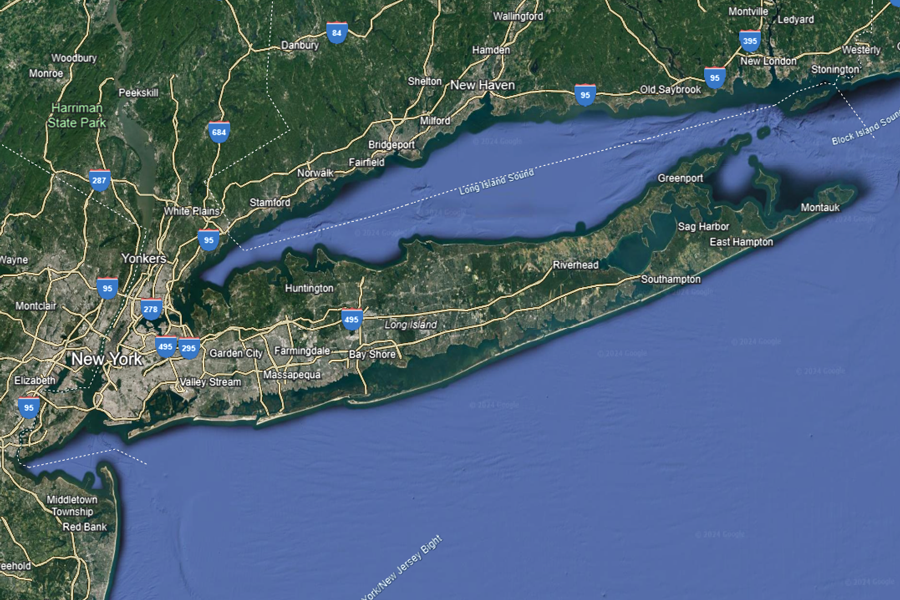
I. Introduction
Nestled on the eastern coast of the United States, Long Island, New York is a captivating destination that offers a perfect blend of natural beauty, rich history, and vibrant culture. Stretching over 120 miles, Long Island is home to diverse landscapes, from pristine beaches to charming villages and bustling cities. Whether you are seeking a relaxing beach getaway, an exploration of fascinating historical sites, or an indulgence in the arts and culinary delights, Long Island has something to offer every visitor.
This article will serve as your comprehensive guide to the wonders of Long Island, highlighting its geography, historical significance, cultural attractions, and more. Join us as we embark on a journey through this unique region, uncovering its hidden gems and discovering what makes it a beloved destination for locals and tourists alike.
II. Geography and Location
A. Overview of Long Island
Located in the southeastern part of New York state, Long Island stretches 118 miles eastward from the mouth of the Hudson River, parallel to the southern coast of Connecticut. It is bordered by the Atlantic Ocean on the south and the Long Island Sound on the north. Long Island is comprised of four counties: Kings (Brooklyn), Queens, Nassau, and Suffolk. With its unique shape, Long Island is often compared to a fish, with its head pointing westward towards New York City and its tail extending into the Atlantic Ocean.
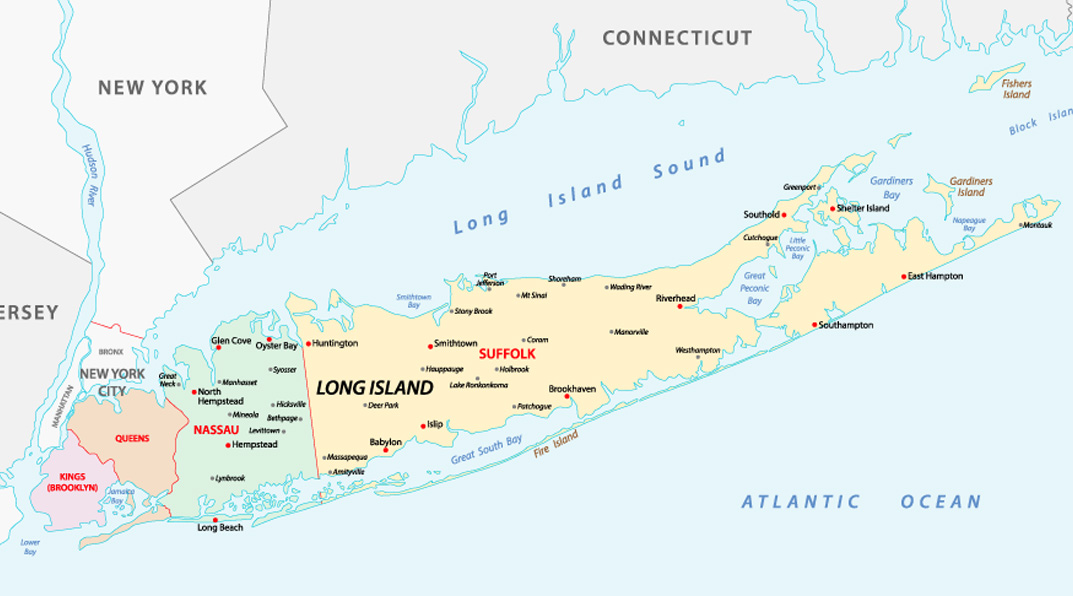
B. North Shore
1. Historic Mansions
The North Shore of Long Island is known for its opulent historic mansions, which were once home to some of America’s wealthiest families. These magnificent estates, such as Oheka Castle and the Vanderbilt Mansion, offer a glimpse into the luxurious lifestyle of the elite during the Gilded Age. Visitors can explore their grand halls, lush gardens, and admire the exquisite architecture that has withstood the test of time.
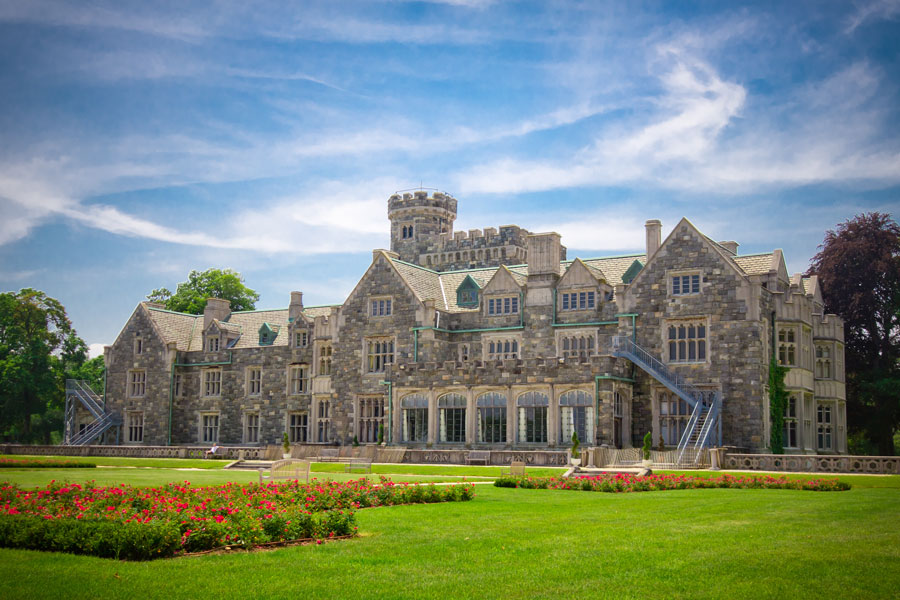
2. Beaches and Parks
In addition to its architectural wonders, the North Shore boasts picturesque beaches and parks. Sunbathers can relax on the soft sand, while nature enthusiasts can take a stroll along the scenic trails that wind through lush forests and waterfront landscapes. Popular beach destinations include Jones Beach State Park, Robert Moses State Park, and Sunken Meadow State Park, all offering various recreational activities and breathtaking views.
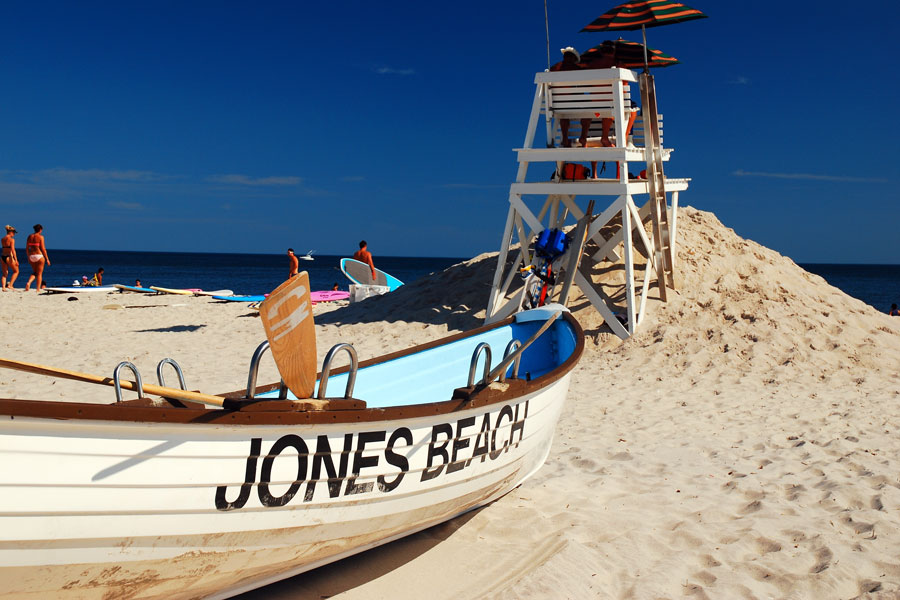
3. Vibrant Dining and Shopping
The North Shore is also a haven for foodies and shoppers alike. Charming towns like Huntington, Port Jefferson, and Great Neck are known for their diverse culinary scenes, offering a wide array of international cuisines, farm-to-table experiences, and upscale dining options. Furthermore, these towns are home to boutique stores, art galleries, and charming shops, making them perfect for leisurely strolls and unique shopping experiences.
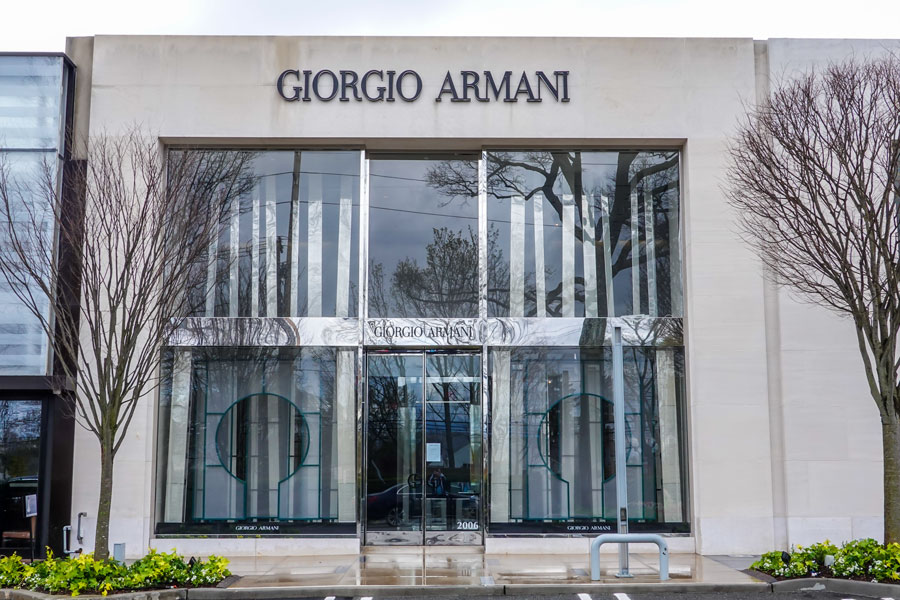
4. North Fork Wine Country
With its picturesque vineyards and wineries, the North Fork of Long Island has emerged as a premier wine-producing region, offering tastings, tours, and scenic views of the countryside. The North Fork’s maritime climate, characterized by mild temperatures and ample sunlight, provides optimal conditions for grape cultivation, particularly cool-climate varietals such as Chardonnay, Sauvignon Blanc, Merlot, and Cabernet Franc.
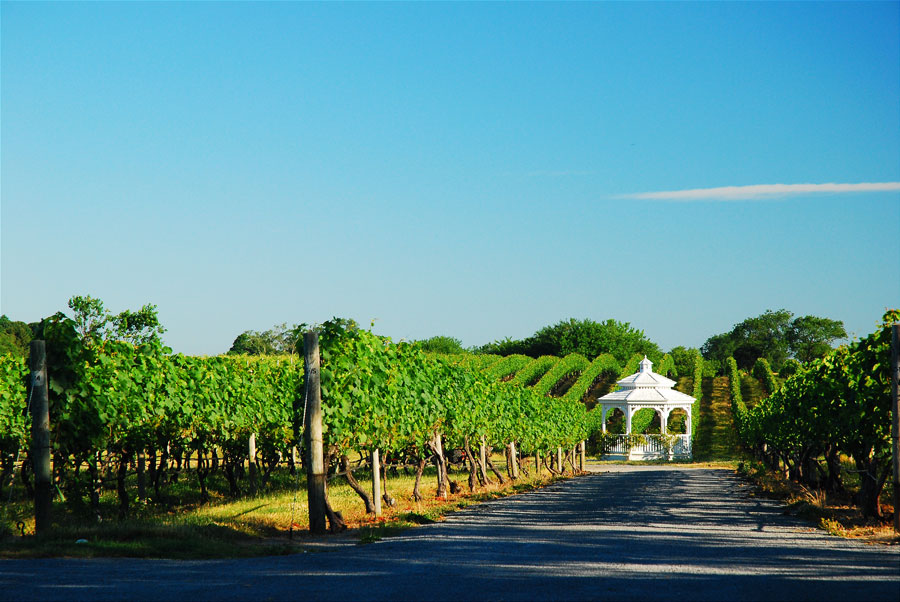
C. South Shore
1. Beautiful Beaches
The South Shore of Long Island is renowned for its stunning beaches that attract locals and tourists alike. From the vibrant shores of Long Beach to the family-friendly atmosphere of Jones Beach, the South Shore offers a diverse range of beach experiences. With their pristine sands and inviting waters, these beaches provide the perfect backdrop for a day of swimming, sunbathing, or simply enjoying the coastal breeze.
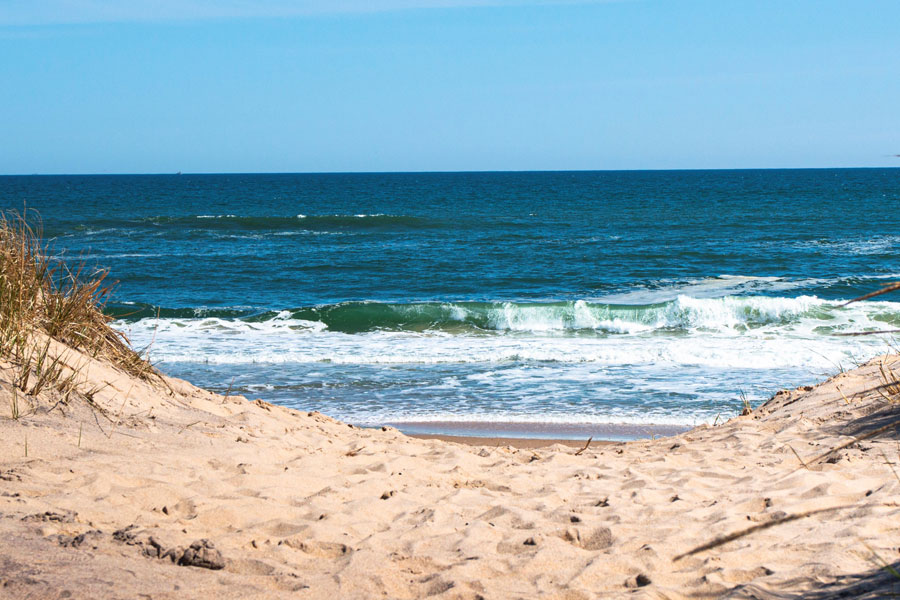
2. Fishing and Boating
For those seeking adventure on the water, the South Shore offers excellent opportunities for fishing and boating. The region is dotted with marinas and fishing piers, where anglers can cast their lines and try their luck at catching striped bass, fluke, or bluefish. Boaters, on the other hand, can explore the intricate network of bays, inlets, and waterways that make the South Shore a boater’s paradise.
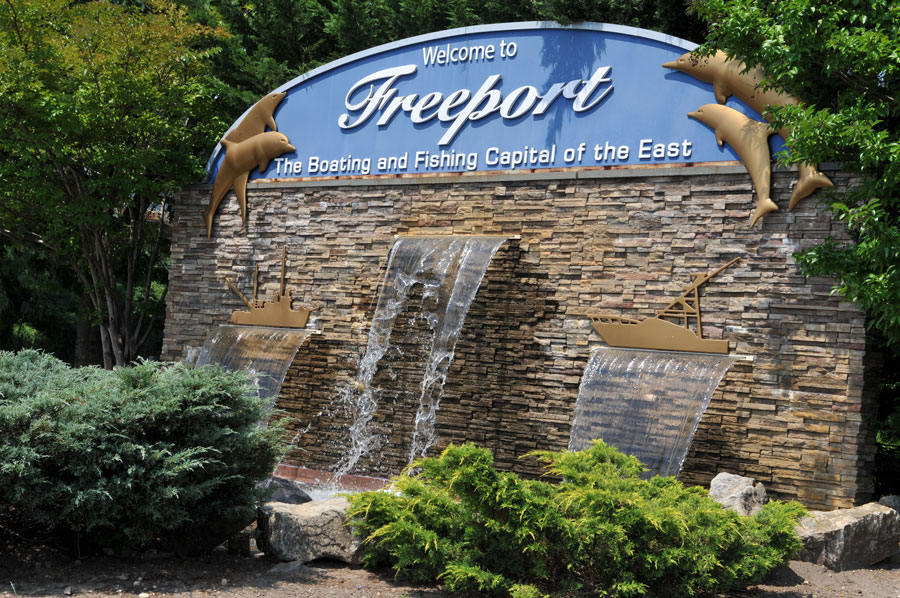
3. Waterfront Restaurants
The South Shore is not only a haven for outdoor enthusiasts but also a paradise for food lovers. Along the coastline, visitors can find a plethora of waterfront restaurants offering beautiful views and delectable seafood. From casual beachside eateries serving up fresh lobster rolls to upscale establishments specializing in gourmet cuisine, the South Shore provides a dining experience to satisfy every palate.
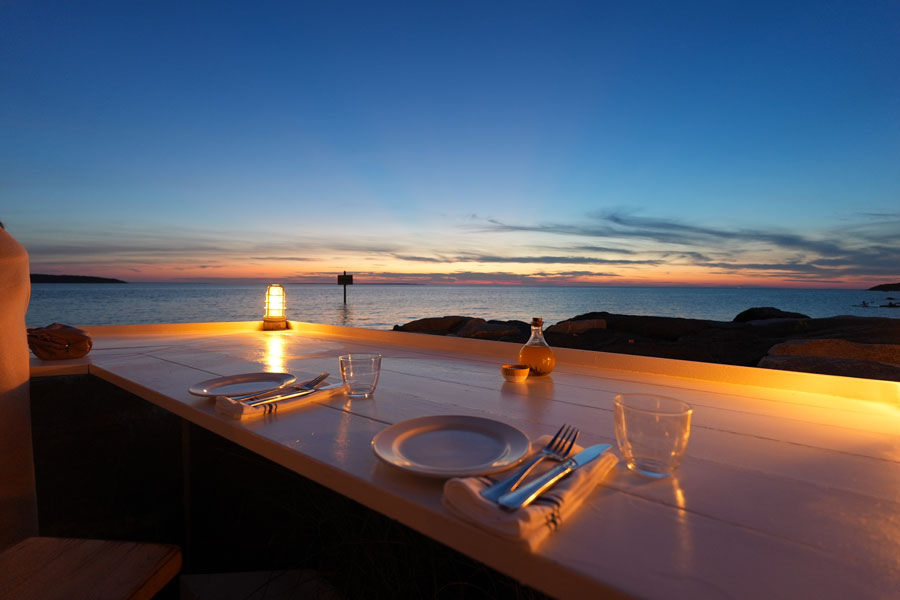
4. Fire Island
Fire Island is a narrow barrier island located off the southern coast of Long Island. Known for its pristine beaches, serene atmosphere, diverse wildlife, and historic Lighthouse, Fire Island is a popular summer destination for locals and tourists alike. The island is accessible only by ferry, and its car-free communities offer a tranquil escape from the hustle and bustle of city life. Visitors can enjoy swimming, sunbathing, hiking, and birdwatching in the island’s protected natural areas. With charming villages and stunning ocean views, Fire Island offers a unique blend of relaxation and natural beauty.
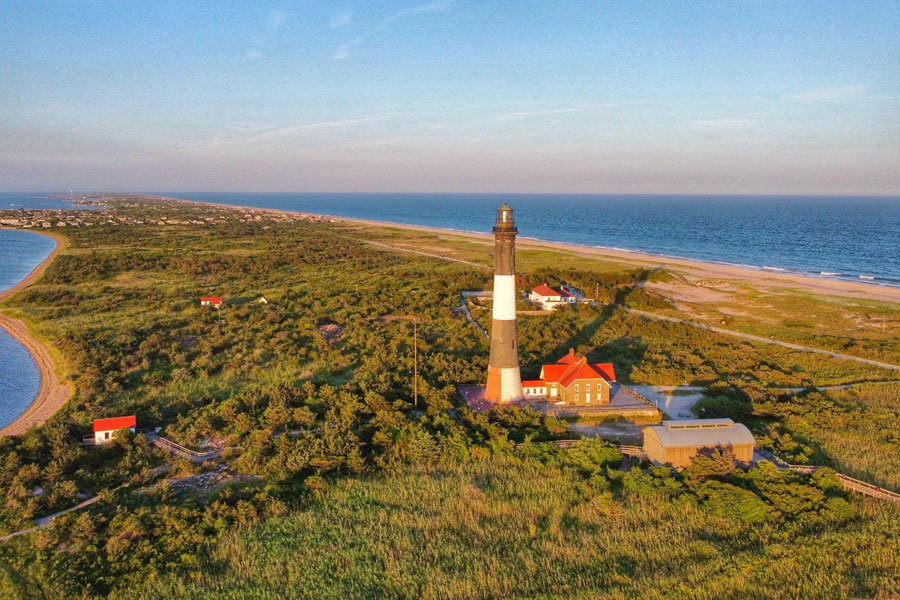
D. The Hamptons
1. Luxurious Estates
Nestled on the eastern end of Long Island, the Hamptons is an exclusive enclave known for its luxurious estates and pristine beaches. The area attracts affluent residents and celebrities seeking a tranquil retreat from the hustle and bustle of city life. The Hamptons’ real estate market boasts some of the most expensive and extravagant homes in the United States, showcasing architectural marvels and breathtaking landscapes.
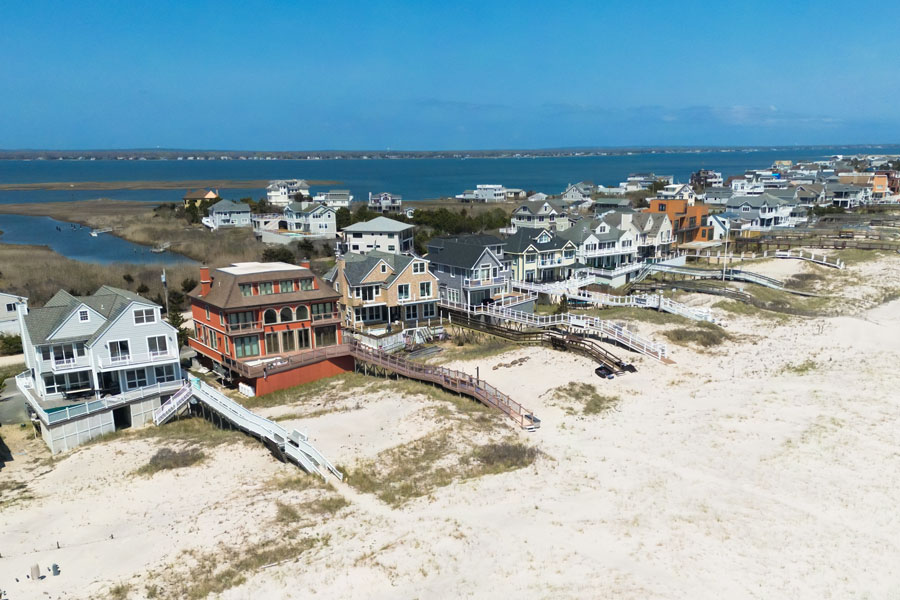
2. Art and Culture
Aside from its lavish lifestyle, the Hamptons is also a cultural hub. It is home to numerous art galleries, showcasing works from both local and internationally acclaimed artists. The area’s natural beauty has also inspired many writers, poets, and musicians, creating a vibrant artistic community that thrives on creativity and expression.
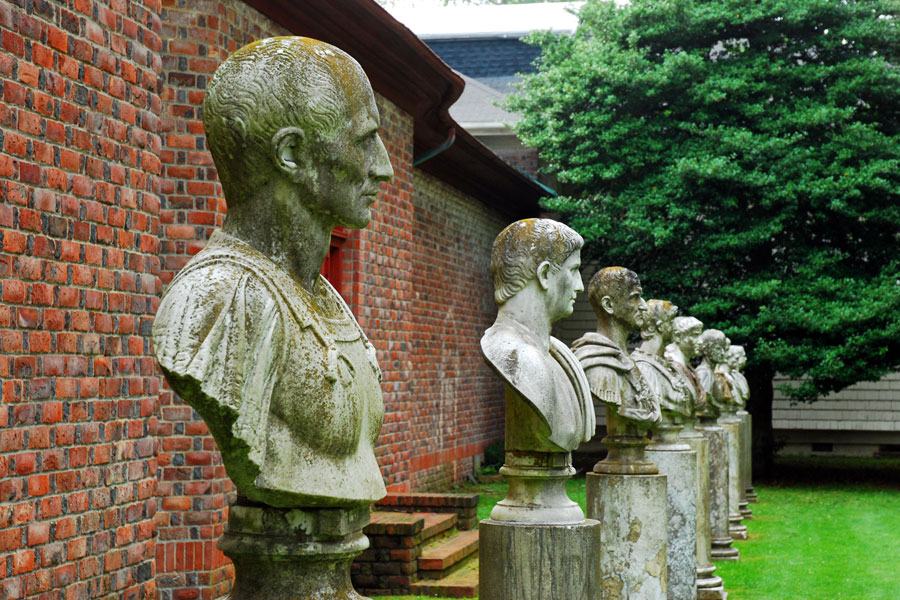
3. Gourmet Dining
The Hamptons is a haven for food enthusiasts, offering a wide range of gourmet dining options. From farm-to-table restaurants sourcing fresh ingredients from local farms to upscale eateries helmed by renowned chefs, the Hamptons‘ culinary scene is an adventure for the taste buds. Visitors can indulge in elegant fine dining experiences or opt for casual yet sophisticated beachside cafes, all while savoring the flavors of the region.

4. Montauk Point Lighthouse
The Montauk Point Lighthouse is a historic lighthouse located at the easternmost tip of Long Island, in Montauk, New York. It is one of the most recognizable landmarks on Long Island and a popular tourist destination. The Montauk Point Lighthouse is open to the public for tours. Visitors can climb the tower to the top for stunning views of the Atlantic Ocean and Block Island Sound. The lighthouse is also home to a museum that tells the story of the lighthouse and the history of Montauk.
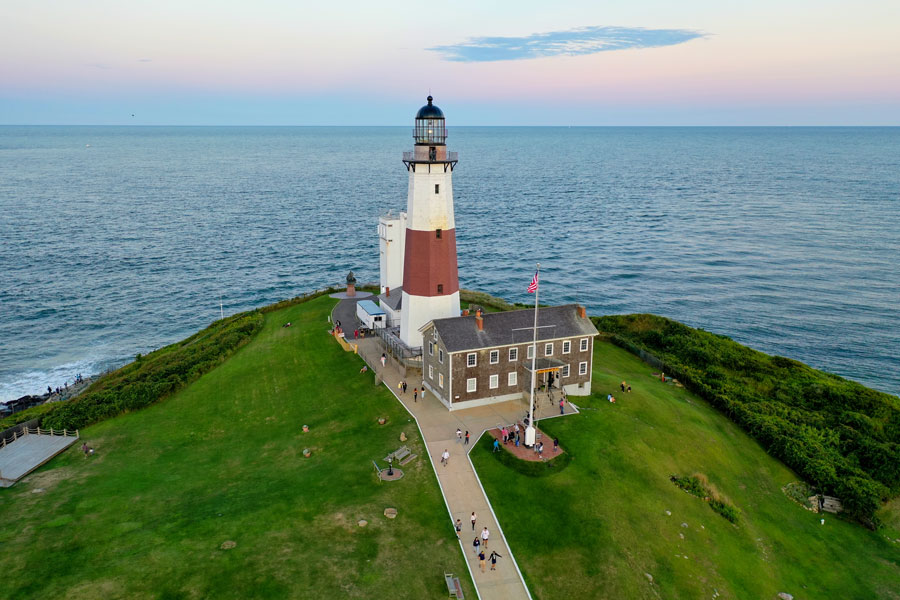
E. Transportation: The Long Island Rail Road (LIRR)
No discussion of Long Island would be complete without mentioning the Long Island Rail Road (LIRR) – a transportation backbone that connects virtually every region of the island with New York City. Operated by the Metropolitan Transportation Authority (MTA), the LIRR is the oldest U.S. railroad still operating under its original name, with service dating back to 1834.
Today, the LIRR spans over 700 miles of track and operates 124 stations across 11 branches. It provides essential daily commuting for hundreds of thousands of riders, linking towns from Penn Station and Grand Central Madison in Manhattan all the way out to Montauk and Greenport on the island’s eastern tip. With major stops in Jamaica, Hicksville, Ronkonkoma, Babylon, Port Jefferson, and dozens of other communities, the LIRR is a critical lifeline for both local travel and regional tourism.

Whether you’re heading to the beaches of Long Beach, the wineries of the North Fork, a weekend in the Hamptons, or simply commuting to work in Manhattan, the LIRR offers a fast, convenient, and scenic way to navigate the island.
III. Historical Significance
Long Island, New York, is not only a haven for beautiful beaches and luxurious estates, but it is also steeped in rich history and historical significance. From its Native American roots to its role in the Revolutionary War, Long Island has played a significant role in shaping the history of the United States.
A. Native American History
Long before European settlers arrived, the land that we now know as Long Island was inhabited by Native American tribes, including the Matinecock, Shinnecock, and Montaukett. These tribes lived off the land and water, relying on fishing, farming, and hunting for their sustenance. Evidence of their presence can still be found today, with artifacts and archaeological sites scattered throughout the island.
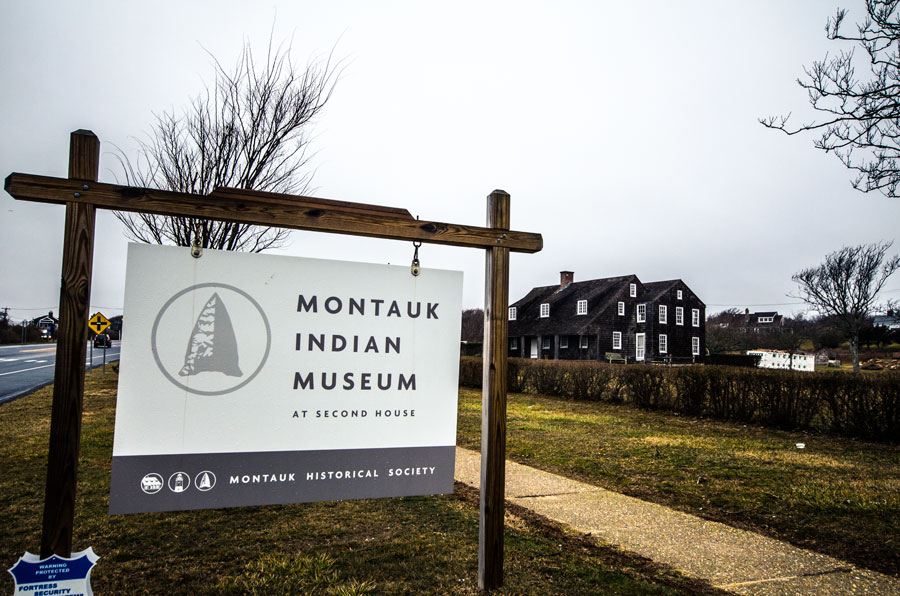
B. Colonial Era
In the 17th century, European settlers began to arrive on Long Island, establishing towns and villages that would grow into the bustling communities we see today. The Dutch, English, and French Huguenots were among the early settlers who made their homes on Long Island, bringing with them their own customs, traditions, and architectural styles.
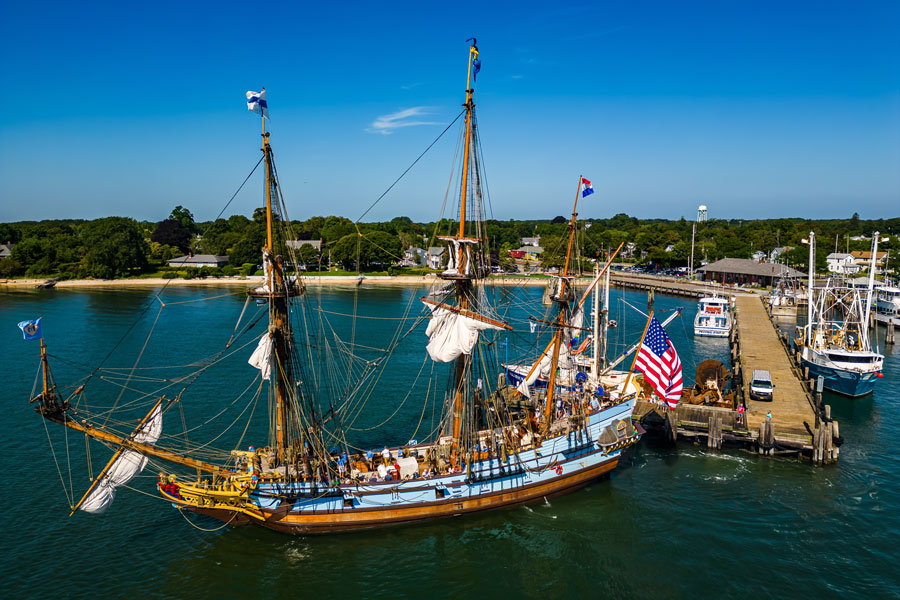
C. Revolutionary War
Long Island played a pivotal role in the American Revolutionary War, with several major battles fought on its soil. The Battle of Long Island, also known as the Battle of Brooklyn, took place in August 1776 and was the first major engagement of the war. It resulted in a British victory, allowing them to gain control of New York City and forcing General George Washington’s troops to retreat. One notable site from this era is the Old Bethpage Village Restoration, a living history museum that offers visitors a glimpse into life during the 19th century. The museum’s historic buildings and costumed interpreters provide a unique opportunity to learn about Long Island’s colonial past.
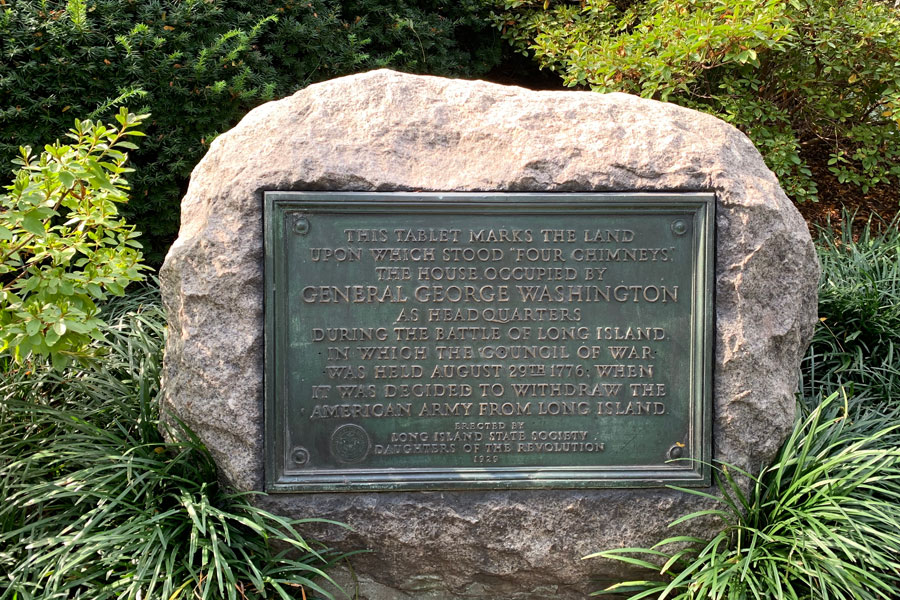
IV. Cultural Attractions
While Long Island’s history is fascinating, the island also offers a plethora of cultural attractions for visitors to explore. Whether you’re interested in art, music, or theater, there is something for everyone.
A. Museums and Art Galleries
Long Island is home to numerous museums and art galleries that showcase a diverse range of exhibits. The Nassau County Museum of Art, located in Roslyn Harbor, features an impressive collection of American and European art, as well as beautiful sculpture gardens. The Heckscher Museum of Art in Huntington offers visitors the chance to view works from both classical and contemporary artists. Also to be explored are the The Cradle of Aviation Museum, Vanderbilt Museum and Planetarium, and Long Island Aquarium.
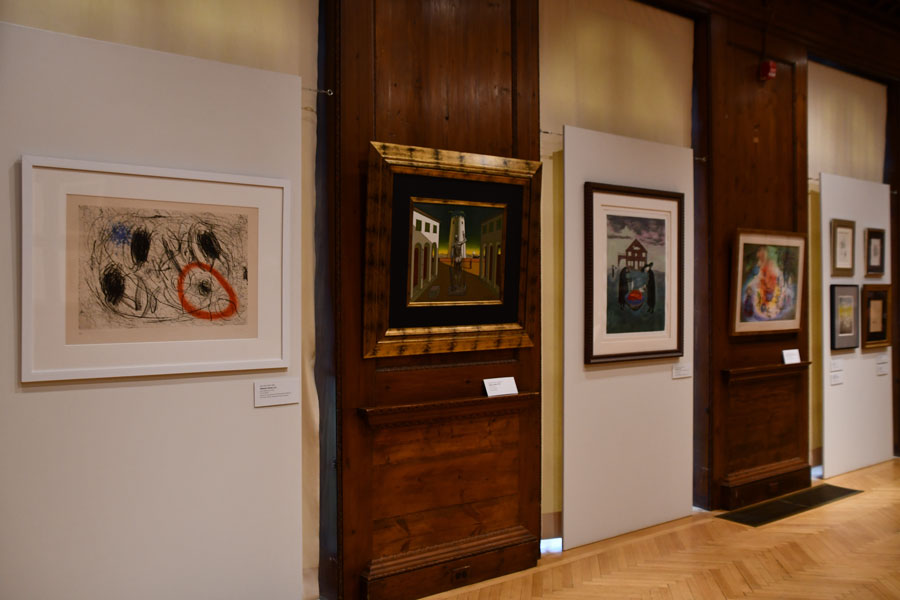
B. Performing Arts Centers
For those who love the performing arts, Long Island boasts several world-class venues. The Tilles Center for the Performing Arts, located on the campus of LIU Post in Brookville, hosts a wide variety of performances, including concerts, dance shows, and theatrical productions. The Patchogue Theatre for the Performing Arts in Patchogue is another popular destination, offering a diverse lineup of events, from Broadway shows to comedy acts.
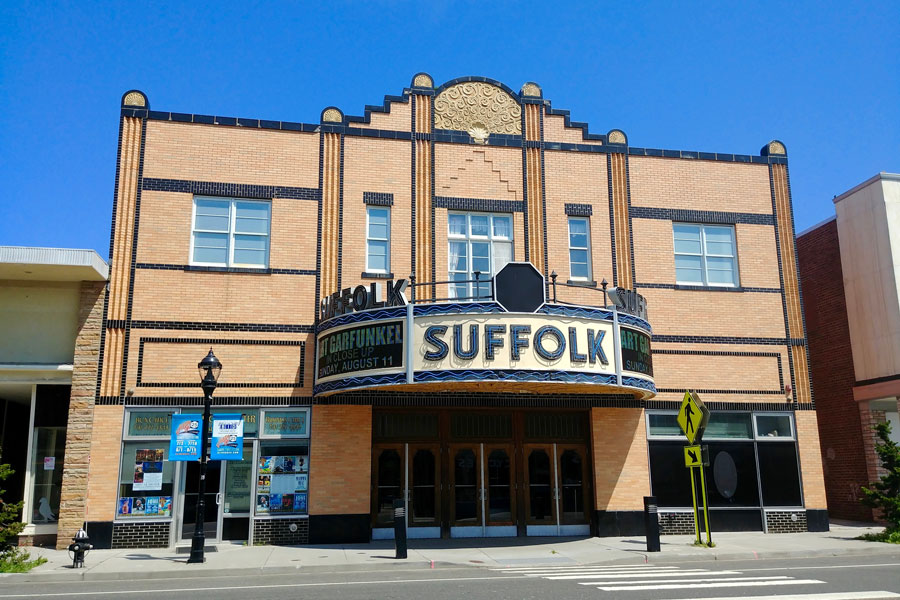
C. Annual Festivals and Events
Long Island is renowned for its vibrant festivals and events that celebrate its history, culture, and community. The Oyster Festival in Oyster Bay, held annually in October, pays homage to the island’s maritime heritage with live music, food vendors, and, of course, plenty of oysters. Another highlight is the Great South Bay Music Festival, a four-day event in Patchogue that features an impressive lineup of musical performances, attracting visitors from all over.
As you explore Long Island, take the time to dive into its historical significance and immerse yourself in the cultural attractions that the island has to offer. From Native American history to the battles of the Revolutionary War, the rich heritage of Long Island is waiting to be discovered.
V. Conclusion
In conclusion, Long Island, New York, is a multifaceted destination that captivates and delights. Its natural beauty, historical significance, and cultural attractions make it a must-visit for anyone seeking a well-rounded travel experience. Whether you’re exploring the opulent Hamptons, immersing yourself in history, or indulging in the arts, Long Island offers a wealth of experiences that will leave a lasting impression. So pack your bags and embark on a journey to Long Island, where adventure and discovery await.

